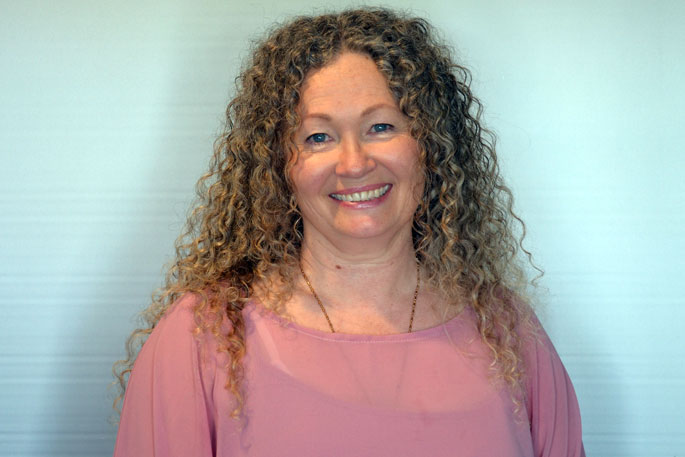Lesley was 57 when she discovered a lump in her right breast while showering.
A mammogram, ultrasound and needle biopsy all indicated it was probably benign – but she decided to travel to Tauranga, from her home in Taranaki, to have a thermogram.
“You’re wasting your time,” said the surgeon she was referred to. “I’m 99 per cent sure it’s nothing.” But Lesley persisted.
“I just wanted more information.”
While mammograms use x-rays to identify tumours or calcifications, thermograms use infra-red cameras to measure heat.
A difference in temperature at a specific spot, from one breast to the other, can indicate infection or inflammation - which in turn can be an indicator of cancer.
Dr Mike Godfrey, the founder of Tauranga’s Clinical Thermography NZ clinic, found Lesley’s thermal-imaging readings were worryingly abnormal, with substantial temperature differences and irregular vein patterns.
He advised her to have the lump surgically removed as soon as possible.
Lesley took the thermogram results back to the surgeon, who reluctantly agreed to remove the mass – still assuring her there was nothing to worry about.
A week after the operation, as they sat in his clinic, his first words were, “I’m so sorry.”
It was cancer.
20 years of thermography
Lesley’s case is one of three outlined in a paper published recently in the Advances in Breast Cancer Research journal:
“Breast Thermography: a 20-year retrospective review of infra-red breast thermal imagine in New Zealand and its potential role in breast health management.”
Written by Dr Godfrey, with his daughter and clinic manager, Truly Godfrey, it draws on data from more than 8000 women who have had thermograms through the Cameron Road clinic.
The Tauranga-based service now provides thermography in 14 cities: permanent satellite clinics in Auckland, Napier and Christchurch, plus mobile clinics to smaller centres.
A thermogram is non-invasive and does not involve touch: the patient disrobes from the waist up and sits about a metre in front of an infra-red camera, in a temperature-controlled room.
Truly Godfrey says the newly published paper shows the ultra-sensitive technology can detect not just cancer, but pre-cancerous changes in breast health.
A thermogram gives you what’s called a ‘Bi-ras rating’, she explains.
“’Bi-ras 1’ means completely healthy breast tissue, whereas a ‘5’ means we’re urgently recommending other investigations.
“The powerful thing is that long before a cancer develops, if we pick up metabolic changes, we can give a woman advice on how to improve her breast health. We see this all the time: a ‘Bi-ras 3’ goes down to a ‘1’ again, after putting naturopathic, breast-health advice in place.”
Taranaki-based Lesley says she is immensely thankful for the heat-sensing technology provided by the Tauranga clinic.
The mother of two, who has chosen not to use her full name for this story, continues to have annual thermograms – and has had no further breast-health issues.
“Everyone has to work out what they’re personally comfortable with, but I’m so grateful for that pathway. If I’d carried on using only the conventional system, who knows? The thermogram may have saved my life.”
In another of the cases cited in the journal paper, a Tauranga woman was only 23 years old when significant temperature differences were detected. Thermal imaging is able to pick up changes in dense breast tissue, commonly found in younger women.
Truly Godfrey says that while the Breast Cancer Foundation confirms that if the breast tissue is dense, it can be difficult to see cancer in a mammogram, women do not have equal access to both mammography and thermography.
“A screening mammogram is free for women aged 45-69, thanks to Government funding, but women of all ages still have to pay up to $250 for a thermogram,” she says.
“There is a place for both technologies. Each has its benefits; neither is perfect. But women deserve the choice.”



0 comments
Leave a Comment
You must be logged in to make a comment.